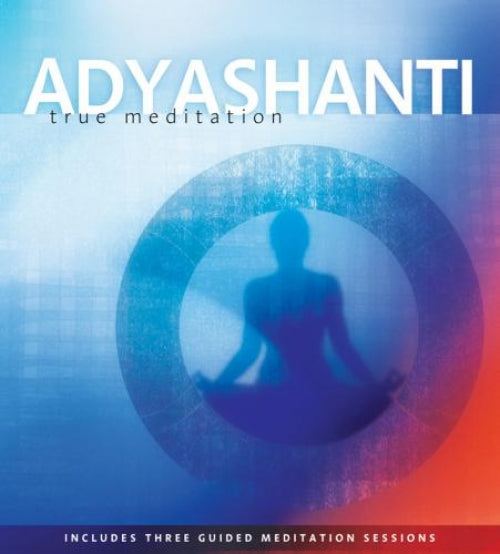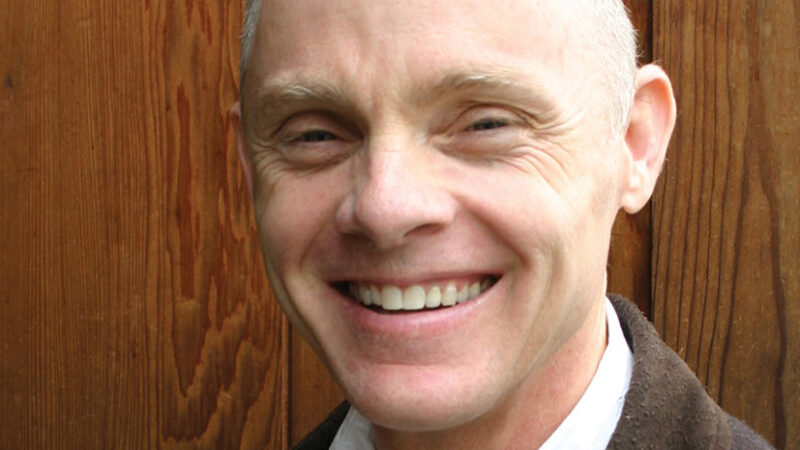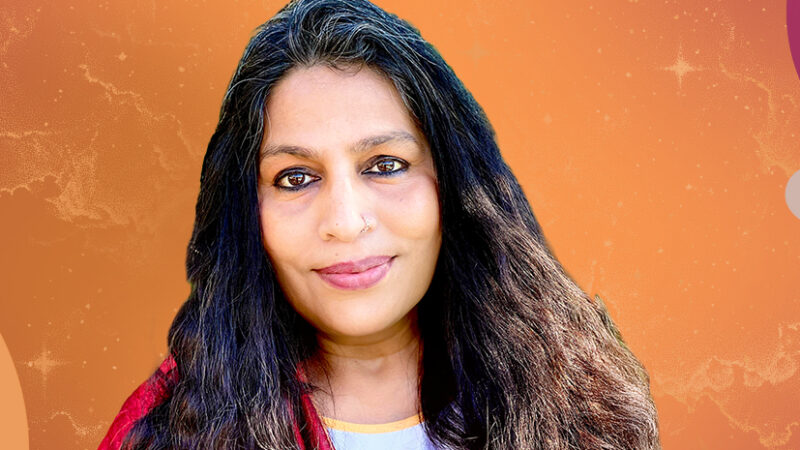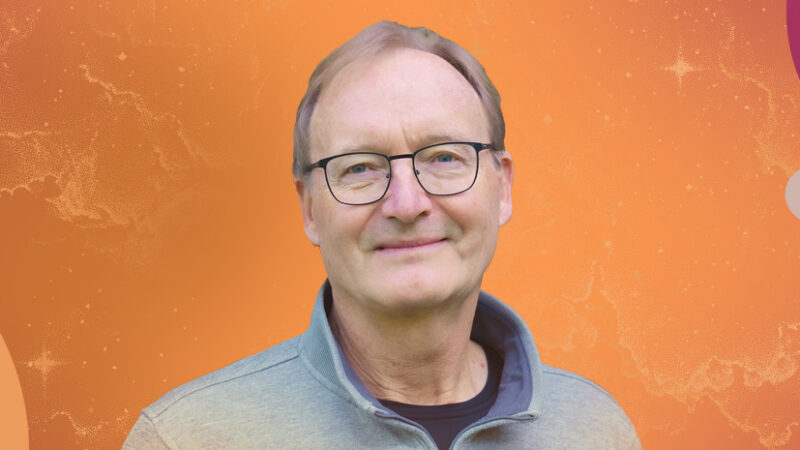Until this spring, the last time I’d read the New Testament was a quarter-century ago, when I was in college studying comparative religion and literature. Back then, I spent all my time reading the mystics—not just the Christian mystics, but Sufis and kabbalists too. Though I loved the desert fathers and Meister Eckhart and St. John of the Cross, I eventually read less and less of the Christian mystics.
I didn’t grow up in a church-going family, so I didn’t have a lot of baggage around my personal experience of Christianity. Still, I had a problem with Jesus—or rather, all the things that the church had done in Jesus’ name. I couldn’t separate my feelings about the centuries of crusades and witch hunts, about the church’s institutionalized drive for worldly power, about the repression and small-mindedness of the Christian right, from my feeling about Christianity’s ‘founder’.
Christian theology got in my way, too; as someone with a mystical bent, I couldn’t accept that my own relationship with the divine required an intermediary, and the whole doctrine of the Trinity seemed needlessly complicated. Finally, on those few occasions when I did go to church, I found the Jesus portrayed in the pulpit to be simplistic, even insipid.
Yet, in spite of all these blocks to the predominant religion of my culture, I also sensed an immense transmission of love right at the core of Jesus’ teachings, prior to any of the trappings of doctrine and theology. I sensed it, but I couldn’t access it.
Then, a few years ago, I stumbled upon one of Adyashanti’s Christmas satsangs, and a whole new view of Jesus opened up for me. The Jesus he portrayed was a spiritual revolutionary, one whose life could be read as a map of the awakening journey. This view of Jesus didn’t so much resolve my earlier issues with “church Jesus” as render them pointless. After all, if there’s only one truth and it’s only found now, all historical perspectives are moot.
The more I listened, the deeper Adya’s message on Jesus resonated for me. When it came time to brainstorm new projects with Adya, I suggested that we ask if he’d be willing to teach on Jesus. As it turned out, he was already preparing for a weeklong retreat on that very topic, and was happy to take on these new projects. That was the genesis of Adya’s current online course—and upcoming book and audio program—Resurrecting Jesus: Embodying the Spirit of a Revolutionary Mystic.
This spring, I traveled with Tami Simon and Hayden Peltier (one of our audio engineers) to record Adya at a studio in the mountains above Santa Cruz. I was excited to be part of the recording, but didn’t realize just what a profound impact listening to Adya talk about the Jesus story for four days would have on me. As those who have attended satsangs or intensives with Adyashanti already know, his presence is a teaching, and his talks carry a powerful transmission.
At the end of the recording, I found myself energized and excited to work on editing the video, audio and book projects that we’d captured. In the months since, I’ve read the gospels over and over—especially the Gospel of Mark, which is the primary text Adya refers to in Resurrecting Jesus. I see clearly now how the Jesus story maps out the journey of awakening. But for me, the most exciting aspect of the project has been discovering what a fantastic story Mark tells in his gospel. The Jesus who comes through in Mark—now that I’ve heard Adya’s take on the gospel’s deeper meanings—is engaged, compelling, and totally unexpected.
I know how many people have grown disillusioned with the Christian tradition, even as they seek deeper spiritual insight through other practices and traditions. My hope is that Resurrecting Jesus will invite others to reconnect—or connect for the first time—with the deep wisdom of the Jesus story.










Your words resonated with me. I did grow up in a conservative, evangelical world and even as a very young child, I was intensely interested in all things spiritual. But, I had a lot of questions and those questions were neither encouraged nor answered. As I became more disillusioned, I could not get past the jargon and the social mindset that seemed exclusionary, so I went in a different direction(s), and explored other religions, basically realizing that they were all pointing in the same direction. I seem to have come full circle, stumbling on such books as “The Cloud of Unknowing” (anonymous) and “The Book of Hours” (Thomas Merton) and “The Gospel According to Jesus” (Stephen Mitchell) and “A Parenthesis in Eternity” (Joel Goldsmith).
I have been kind of stuck recently and your words sparked that little delight that I feel when I have found the next clue. Thank you.
Michael, can you give us some insight on the picture that is posted in this article?
Greetings, Rebecca. I’m so glad my words struck a chord with you. In your post, I think you point to an important distinction between ‘spiritual’ and ‘religious’. That same spiritual interest you felt in childhood is, I imagine, what fueled your searching in other traditions and eventually brought you back to books like “The Cloud of Unknowing” and other texts of the Christian contemplative tradition. Even if the outer forms of a tradition don’t resonate–and even if we’ve had a bad experience in the past with our church or mosque or synagogue or whatever the external form of the religion in which we were raised–I think it’s still possible to access the deepest transmission of a spiritual tradition through its mystics. As much as I have been drawn to the practices of other traditions–Buddhist meditation practice, for example–there’s something rich and heart-centered in Christ’s message that I’ve experienced nowhere else. I hope you follow those clues right back to the source!
Hi Josh, happy to tell you more about the photo. It was taken last fall, right after I’d gotten a Canon DSLR and was learning my way around it. I had driven down to Santa Fe for a shamanic healing circle and was returning by way of back roads when I happened upon El Santuario de Chimayo, a small adobe church and shrine in northern New Mexico where healing miracles are reputed to have occurred. I spent some time talking to Fr. Roca, a tiny priest in his mid-nineties who is now officially retired but still comes to the chapel every day to talk with visitors. (http://www.elsantuariodechimayo.us/Santuario/roca.html) Walking around the grounds, I encountered a shrine to the Virgin of Guadalupe where petitioners had left photos, garlands and crucifixes. Hanging above the statue of the virgin was this small portrait of Jesus.
I’m happy to see this kind of interest in having a fresh and deep encounter with Jesus. I myself came into this kind of relationship about three years ago, when I found and joined a Christian mystic order. I’ve since left that order, but gained so, so much as a result of daily immersion in Jesus and Mary’s energy of love. Anyone really interested in Their story should seek out the works of Maria Valtorta, a wonderful mystic who wrote out her visions of Jesus’ life in beautiful detail.
I hasten to mention that I mean no disrespect to Adyshanti, whose work I am unacquainted with. I only mean to say that I’m glad that more people are seeking out this kind of experience, and that there are more avenues through which to encounter the Jesus of Love.
Intriguing topic and perspective that I look forward to exploring further. Thank you! I’ve added Adyashanti’s book to my wish list, and this post reminded me that I wanted to order another SoundsTrue book on the words of Jesus in Aramaic. Blessings!